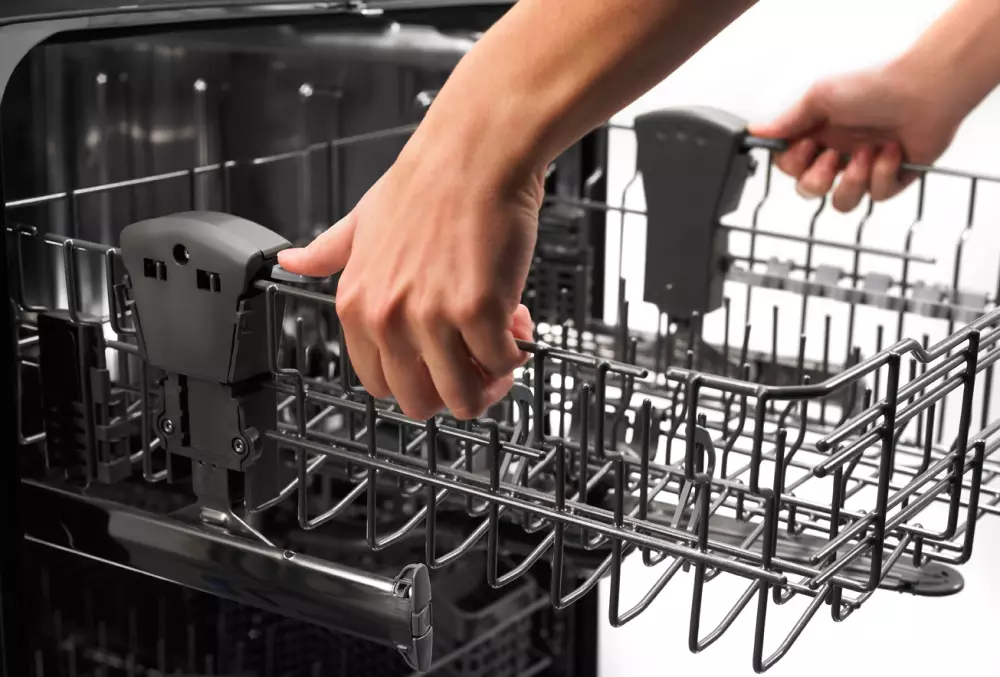How to Clean a Toothbrush Hygienically: Simple Guide to Disinfect and Sanitize Yours
It's essential to keep your toothbrush clean because you use it every day, and you're swapping germs back and forth with every brush. If you don't clean your toothbrush, it can become a breeding ground for bacteria and viruses, leading to many problems, like gingivitis. Lucky for you, we've got some simple tips for disinfecting and sanitizing your toothbrush to stay clean and healthy.
Did you know that your toothbrush is probably the most germ-ridden object in your home?
Think about it. You brush with it, then put it back in its toothbrush holder. You forget to rinse it out, and then you use it again. And then again. Each time, the germs from your mouth get trapped in the bristles, which can make you sick.
A toothbrush is the most critical tool in your oral hygiene routine. It's an essential part of the daily process of keeping your mouth healthy and clean. That's why keeping your toothbrush clean and sanitized is so crucial.
But how do you do that? How do you ensure your toothbrush stays hygienically clean and doesn't end up spreading germs from one person to another?
Don't worry. It's easy to clean a toothbrush hygienically. In this blog post, we'll walk you through how to disinfect and sanitize your toothbrush so that it's safe for use again.
And if you need extra help to clean your bathroom, consider hiring a house cleaning service.
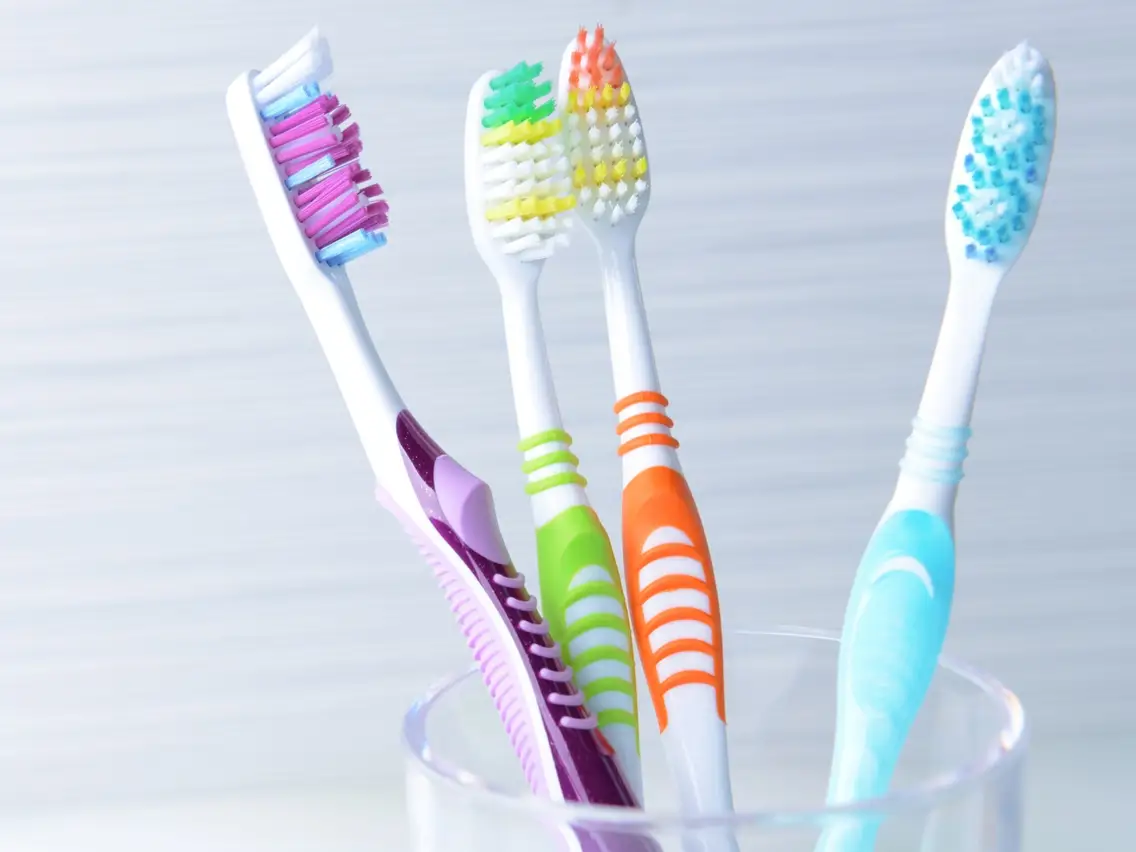
What You'll Need
Instructions: How to Disinfect Your Toothbrush
1. Wash your hands before and after brushing your teeth
Before handling your toothbrush, wash your hands thoroughly for at least 20 seconds with hand soap and water.
Washing your hands before and after brushing your teeth will help prevent the passage of germs to and from your bristles because your hands are the primary means of transmitting bacteria and viruses.
2. Wash your toothbrush with hot water before and after every usage
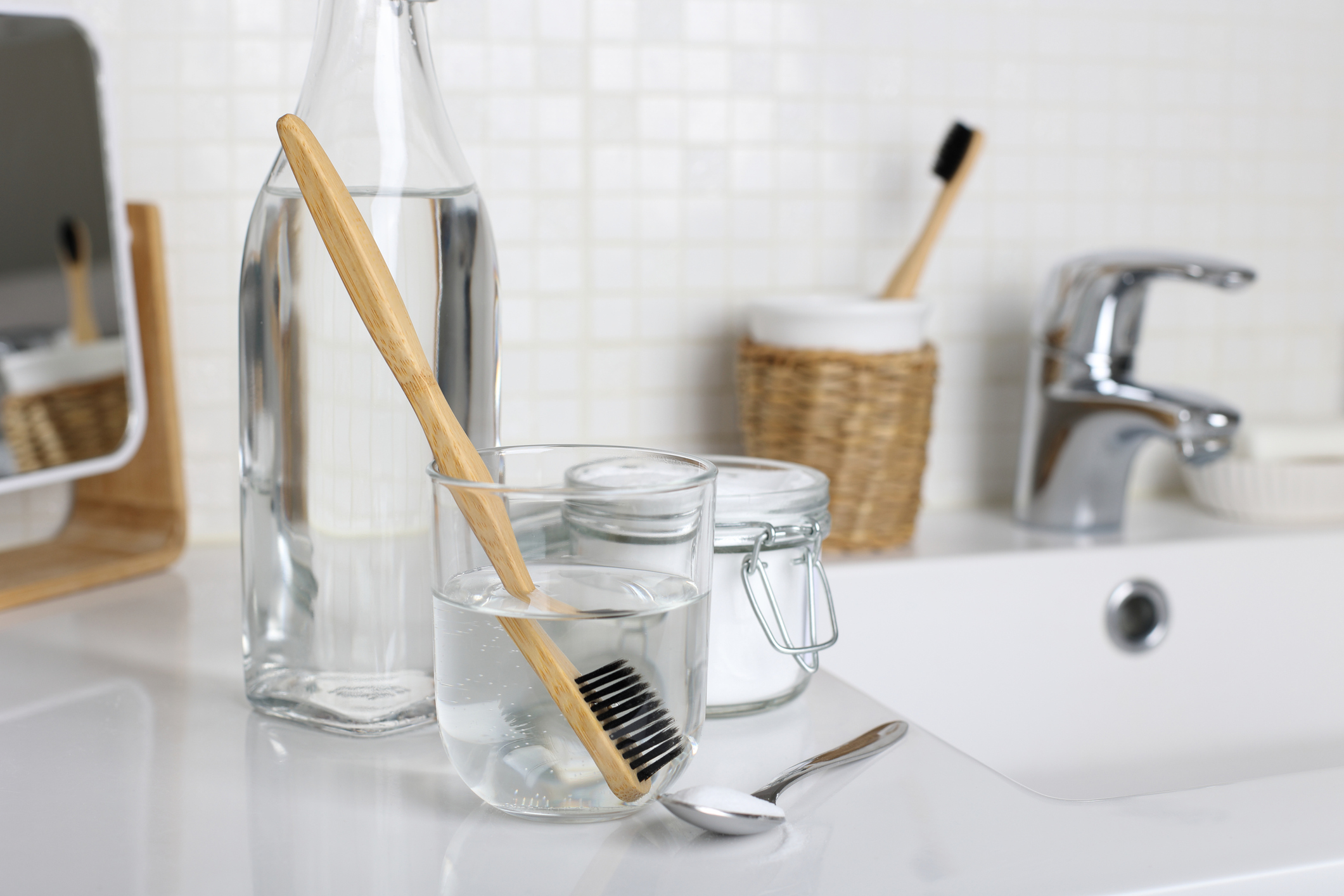
Running hot water over the bristles of your toothbrush before and after each use is the simplest and most effective way to sanitize it. Doing this eliminates any bacteria that may have accumulated on your toothbrush in the intervals between brushing. Additionally, it removes any fresh bacteria that might have developed between uses.
Most people can disinfect their toothbrushes between uses by running them under clean, hot water. Warm the toothbrush head gently in hot water before adding toothpaste. It should be possible to create steam from the water. Rinse your toothbrush with hot water after thoroughly brushing your teeth and mouth.
3. Disinfect using denture cleaner
You can clean your toothbrush using denture cleaning solution, hot water, and mouthwash. Antimicrobial components found in denture cleaners work to eliminate oral bacteria and plaque. Never use the same denture cleaner again on the same set of dentures. To get your toothbrush particularly clean, dissolve half a cleaning tablet in a cup of water and soak it for 90 seconds.
Effervescent denture tablets are an excellent way to clean your toothbrush, even if they were made for cleaning dentures. The antibacterial qualities of these pills help eliminate the germs, while the foaming action helps release particles stuck in the toothbrush.
4. Clean your toothbrush in an antibacterial mouthwash
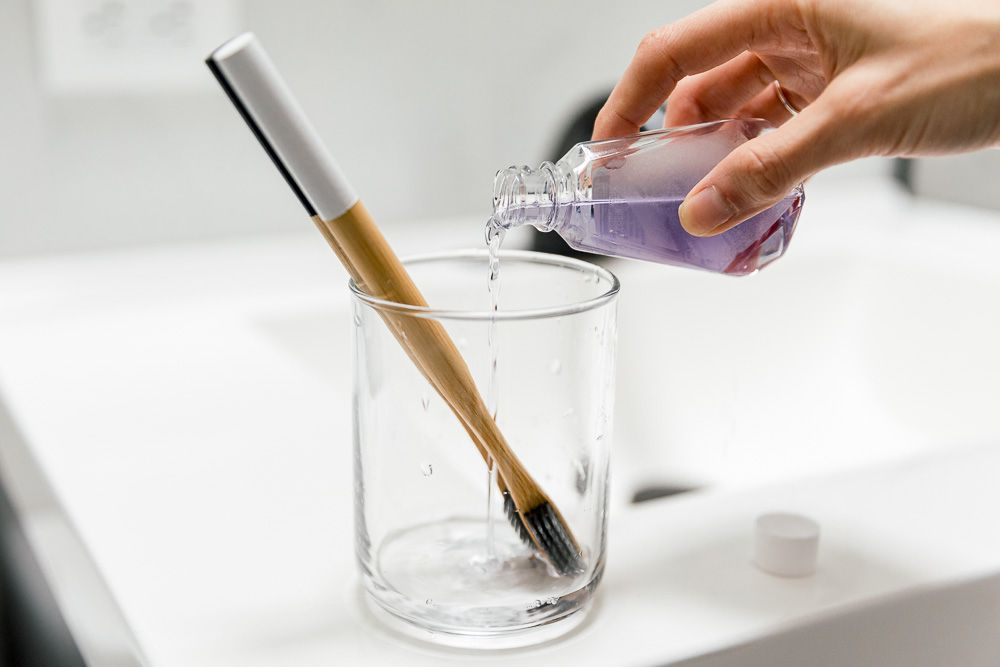
If rinsing with hot water doesn't calm your nerves, you can soak your toothbrush in an antibacterial mouthwash. Due to the abrasive components in this mouthwash, which cause bristles to break down, remember that doing this could cause your toothbrush to wear out more quickly.
Following each brushing, you should place your toothbrush with the head down in a small cup of antibacterial mouthwash for about two minutes.
5. Soak your toothbrush in a hydrogen peroxide solution
The most efficient and inexpensive method to disinfect your toothbrush is to soak it in 3 per cent hydrogen peroxide.
A 2022 study shows that soaking a toothbrush in a solution of 3 per cent hydrogen peroxide reduced the number of bacteria in a brush by 87 per cent. Only 18% of the germs were eliminated by rinsing with ordinary water. Change the hydrogen peroxide daily before placing your toothbrush with the bristles first into the cup.
6. Soak your toothbrush in a baking soda or white vinegar solution
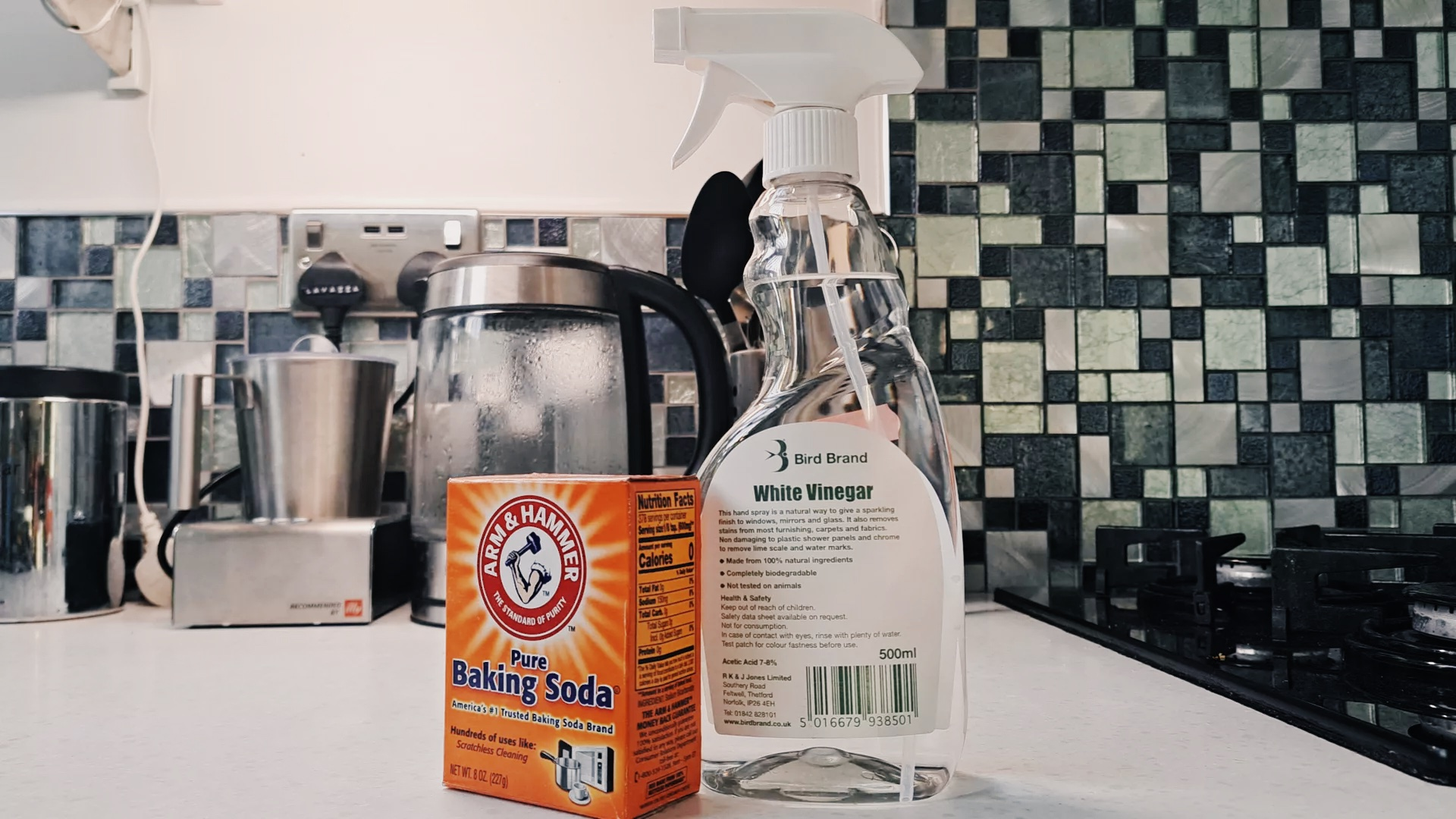
To naturally disinfect your toothbrush, use baking soda. Stir one cup of water and two tablespoons of baking soda together. Allow your toothbrush to soak in the solution for 15 minutes before letting it air dry.
White vinegar can disinfect a toothbrush if you require another gritty cleaning solution. According to studies, ordinary household white vinegar can eliminate bacteria on toothbrushes. White vinegar is not a recognized disinfectant. Thus it won't be able to fight viruses and other dangerous pathogens.
7. Air dry
Mould or germs can grow more quickly in a damp atmosphere. According to studies, toothbrushes kept in travel cases, locked containers, and toothbrush covers harbour more bacteria than those allowed to air dry.
Rinse your toothbrush correctly after brushing your teeth, then shake off any extra water. To help drain the water, swipe your finger or thumb across the bristles. If you decide to put a holder or container over your toothbrush, let it air dry first while standing upright.
It would be best if you considered carrying two toothbrushes. Because of this, you can use one while the other air dries completely.
8. Store your toothbrush upright
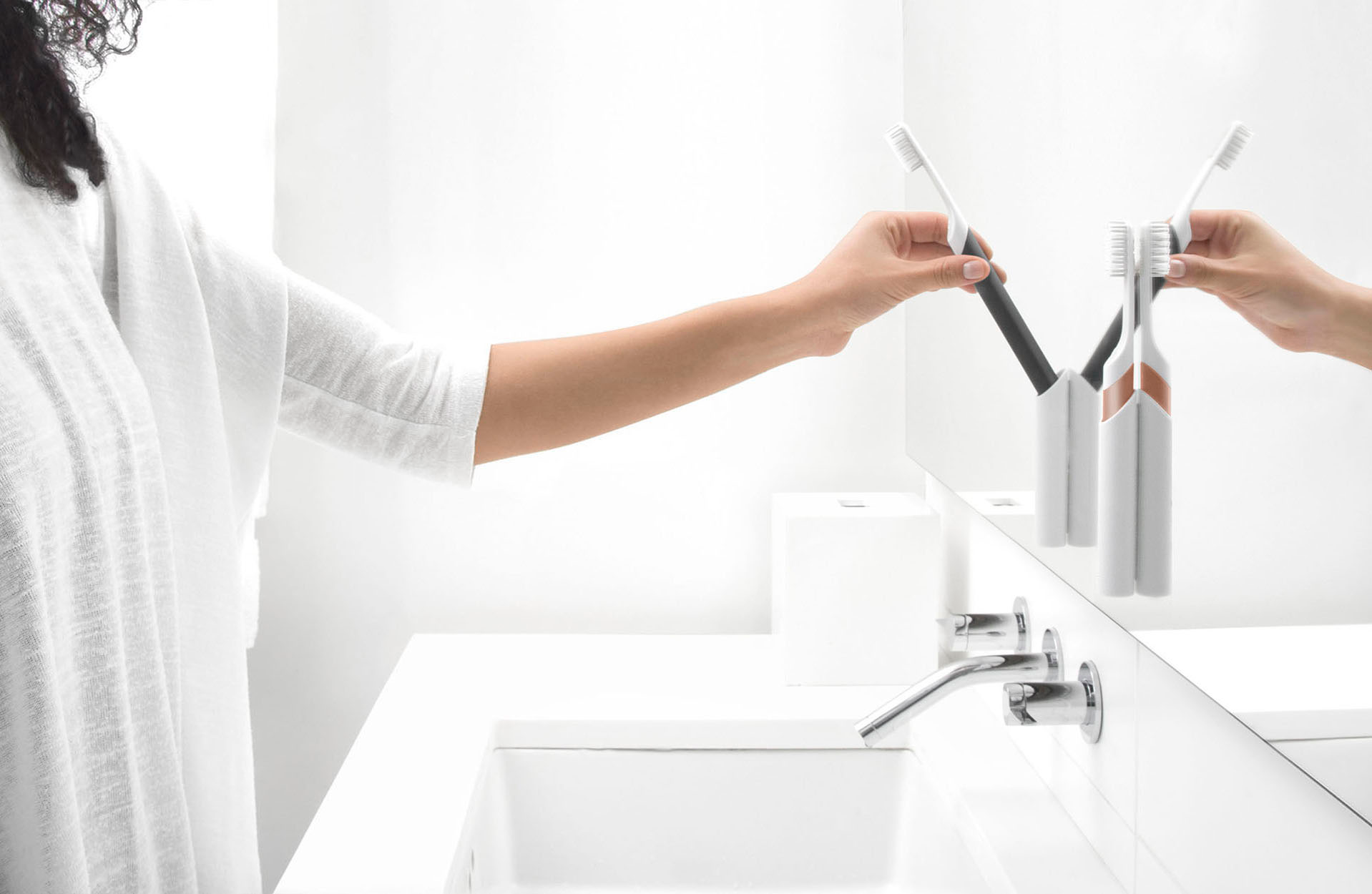
After usage, storing your toothbrush upright with the bristles up and the handle down is crucial. It makes it simpler for the water to drain from the strands, and all the water and debris gather at the bottom of the toothbrush's handle.
You might have noticed that non-draining containers develop unpleasant scum at the bottom. You should avoid letting your brush come into contact with this scum to prevent mould and germs from growing on your bristles.
9. Clean the toothbrush covers and holder
Any toothbrush covers and holders you use to keep your toothbrushes can become contaminated with bacteria from your toothbrush. It is why you should wash your toothbrush covers and holder every two weeks to prevent the growth of dangerous bacteria.
Your toothbrush doesn't have to be covered, but if you cover it, let it dry first. The bristles of a wet toothbrush may get more contaminated if covered.
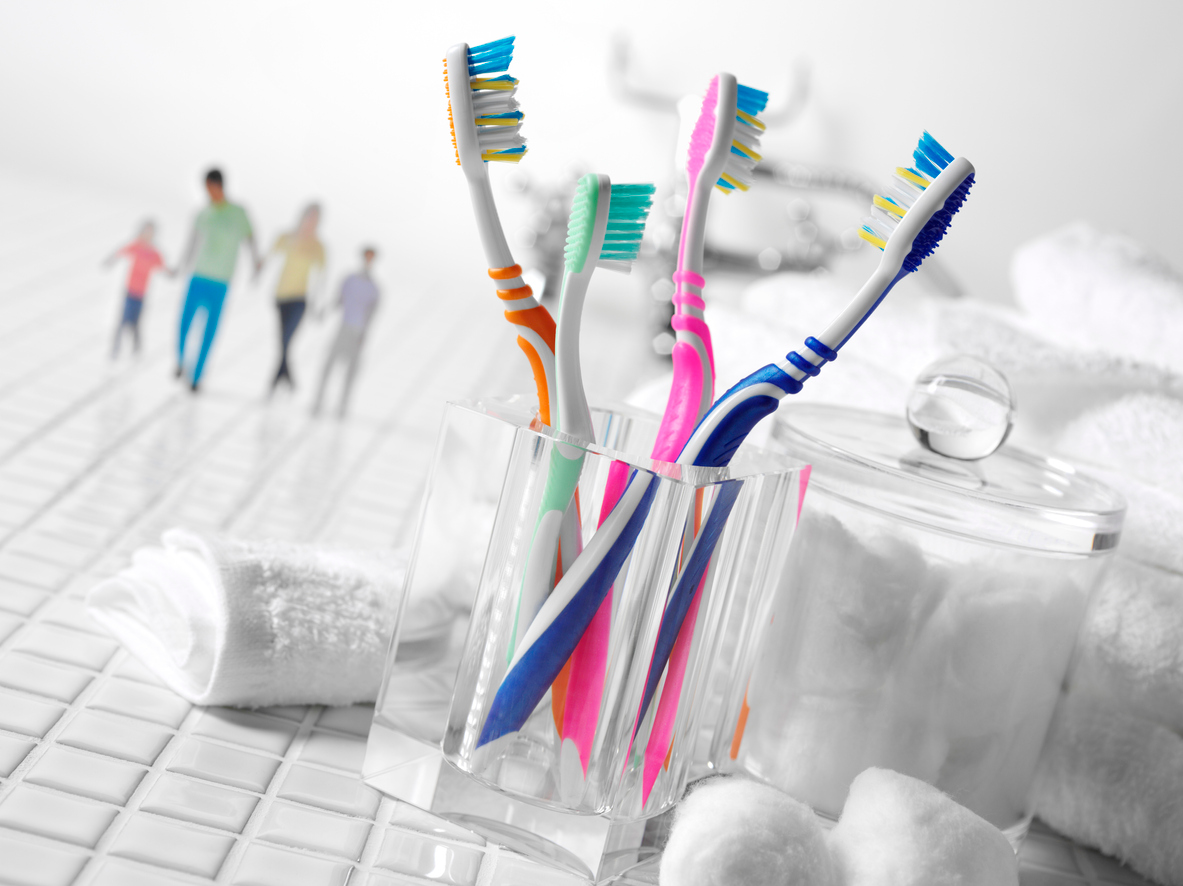
It's Time to Disinfect Your Toothbrush!
Now that you know how to clean and disinfect an electric toothbrush hygienically, it's time to disinfect and sanitise yours and keep it clean!
It's important to remember that your toothbrush is an extension of your mouth, so it's essential to keep it clean. Toothbrushes need care and attention if you want them to last for years. That's why we've put together this simple guide to help keep your toothbrush disinfected and sanitised.
For more tips on sanitising your bathroom, check our ultimate bathroom cleaning guide to learn more!
FAQs
Why should you disinfect your toothbrush?
A clean toothbrush can keep your mouth healthy, and a healthy mouth is an integral part of feeling confident and looking good. That's why it's important to disinfect your toothbrush at least once a week. Here are some reasons why.
- You don't want to eat bacteria from the last time you brushed your teeth.
- Disinfecting your toothbrush will help prevent any buildup of germs or bacteria that could make you ill if they were left on the bristles.
- Germs can spread from one person to another through sharing items like this, and you wouldn't want that.
How long do bacteria stay on a toothbrush?
Every time a regular toothbrush is used in the mouth, it might become contaminated with oral microbes. On the surface of a brush, viruses and bacteria from an infected person's mouth can persist for weeks and continue to spread disease.
It is advised to replace your toothbrush after getting sick to prevent infecting yourself or family members in your home. We also recommend you replace your toothbrush every three to four months and replace it when the toothbrush bristles have worn out.
Where is the cleanest place to store your toothbrush?
Your bedroom shelf or a far corner of the bathroom, safely away from the sink and toilet, are likely the best places to store your electric toothbrush. It is also a good idea to keep your toothbrush in a sizable closet that is cool and dry.
